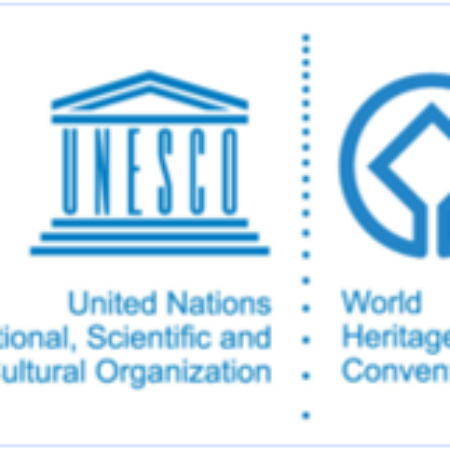In 1972 the World Heritage Convention was signed, with New Zealand ratifying it in 1984. One of the significant features of the Convention is that it links together the concepts of nature conservation and the preservation of cultural properties. The Convention recognizes the way in which people interact with nature, and the fundamental need to preserve the balance between the two.
The Convention classes “cultural heritage” as monuments, groups of buildings or sites. The definition of heritage sites is: “works of man or the combined works of nature and man, and areas including archaeological sites which are of outstanding universal value from the historical, aesthetic, ethnological or anthropological point of view.” Natural heritage is separated into three categories: outstanding natural features, habitat of threatened species and outstanding natural sites. The definition of an outstanding natural heritage site is: “area of outstanding universal value from the point of view of science, conservation or natural beauty.”
What I find remarkable is that for both cultural and natural heritage beauty (aesthetics) is so important. As the Convention suggests, we do value beautiful buildings and landscapes, especially those passed down to us from previous generations. Part of that appreciation is sadly that too often in our own day we do not give sufficient emphasis on beauty in our buildings or the way we use and protect landscapes. Too often the utilitarian, crass or provocative wins the day. Therefore the beautiful is something rare, something valuable, something to be protected. The beautiful may be even more noticeable when we normally are surrounded by the ugly.
Appreciating heritage is therefore also an expression of our yearning for beauty. Modernity has often suggested that beauty is something wholly subjective, with each person deciding themselves what’s beautiful. While there is indeed an element of subjective and learned appreciation of beauty, it seems that there is also something universal. Humans all over the world have a sense of beauty. Yes, it tends to move with culture, time and individuality, but there’s a universal focus.
In Greek philosophy beauty was regarded far more objectively. It was counted among the most important values. Medieval theologians picked up these Greek ideas and suggested that as humans we should strive for the good, the true and the beautiful. That is how we see God, who is fully good, true and beautiful. I think that is still an important consideration, even though through the Reformation we place more emphasis on the revelation of God through the Word.
By appreciating cultural and natural heritage, we can focus on the beautiful and in this way get a sense of God’s beauty.

